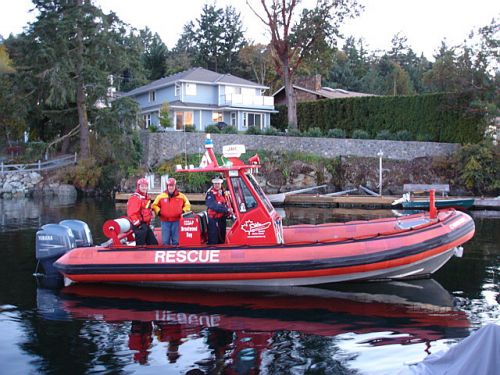Thucydides said:
small/medium sized utility aircraft can fill many niche roles,
We do not have the luxury of filling "niche roles" with multiple fleets of capability-limited aircraft.
Thucydides said:
SOE and other proto "Special Forces" needed the services of special aircraft like the Westland Lysander, while the Germans used the Fieseler Fi 156 Storch (including Otto Skorzeny's rescue of Mussolini).
That was all that they had. Helicopters do this far, far better.
Thucydides said:
The "Green Airforce" that Kirkhill refers to in the opening post is an idea broached in an earlier thread that perhaps we needed some sort of aircraft or series of aircraft that had a much smaller footprint and could operate much closer to the troops for COIN operations than the high performance aircraft favoured by airforces today.
What "need"? Any aircraft that can perform a useful role is going to have a significant "footprint". What prevents high performance airtcraft from operating "much closer to the troops"? Those aircraft have long endurance, move faster, carry a greater variety of weaponry, and have sensor systems. What can they not do, now, that you think a cheaper, less-capable aircraft, can do?
"Closer to the troops" also means "closer to the enemy" - generally greater risk for no benefit.
If something is useful under the worst circumstances, ie all-out, total warfare, it will generally function quite well in a lower-threat environment such as Afghanistan. That does not work both ways, however.
Why does the Army need tanks and LAVs? Wouldn't lightly-armoured and lightly-armed trucks and SUVs be cheaper and have a smaller footprint?
Thucydides said:
An added benefit which occurs to me is that if the enemy is able to penetrate the local defenses and destroy several aircraft on the ground (such as happened in Afghanistan recently, wiping out essentially an entire USMC Harrier squadron), it would be less of a hit since the aircraft are a lower value target than high performance aircraft.
There have been remarkably few aircraft, or anything else, lost on the ground on major bases in Afghanistan over many years. As in any war, sometimes the opposition get lucky. The benefit of having militarily capable aircraft around, despite the cost and slight risk, outweighs the cost and risk of having more cheaper and less capable aircraft cluttering up available ramp space.
One modern aircraft can do more than hundreds of WWII-era, or even Vietnam era, aircraft, with much less risk to aircrew and civilians around targets.
Regardless of what operations are being conducted in the hellhole-du-jour, those modern aircraft are still going to be necessary, and their crews still need to train. They could do that back home while the cheapies fly and die overseas, or they could do their flying in theatre for almost the same cost while negating the need for the cheapies in the first place.
So, again, what real benefit is there to this, sadly, undying proposal?
- mod edit to fix quotes -






